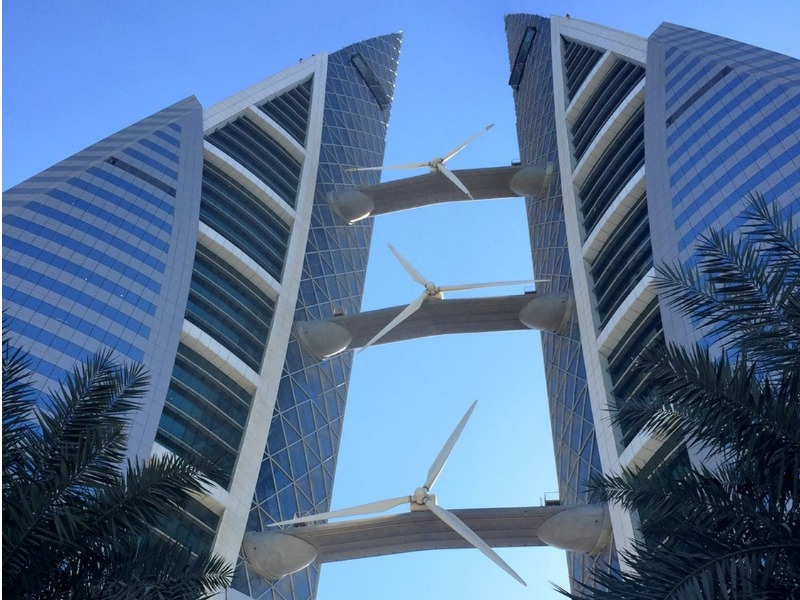
How advanced materials change insurance needs for new building projects
September 7, 2022 by Philip Porado

Print this page Share
Even before the COVID-19 pandemic, delays plagued commercial and residential construction in Canada. What’s changed since March 2020 is a rise in contributing factors causing these delays, noted Steve Schmelzle, practice leader of construction and contracting at Intact Insurance Specialty Solutions.
His team works with brokers and clients doing high-rise commercial and residential builds, as well as civil projects that include infrastructure.
And, more recently, he’s been involved with construction of highly automated distribution centres. “As technology improves, the amount of automation and robotics within a facility can easily increase the length of a construction project,” he said.
Currently, three primary factors are causing construction delays, Schmelzle said.
First, materials delays, which — unlike prior supply chain crunches — include both locally and globally sourced components.
“It’s not just, ‘We’re getting something from outside Canada or even out of province.’ Whether it’s components of concrete or asphalt, we’re seeing local construction material delays,” he told Canadian Underwriter. “That gets compounded with specialized equipment, the processing equipment, automation equipment, which are globally sourced and susceptible to shipping or other delays.”
Second, labour shortages, although Schmelzle stressed today’s circumstances differ from 2020 when workers were unable to access building sites.
“Now, it’s trying to find experienced, qualified labour,” he said. These shortages impact both general labour and specialized contractors qualified to install new materials that do things like improve a building’s energy efficiency.
The third factor is brutal weather, including windstorms and heavy rains. Lately, these rainstorms tend follow dry spells, which make it harder for the ground to absorb water.
“That creates flooding, and has created a lot of construction delays, especially in the civil infrastructure space,” Schmelzle said. “And, in the dry times, we’ve seen grass fires and wildfires that traditionally we have not seen before.”
These factors keep in-house engineering and loss prevention services that work directly with brokers and clients busy. “It’s in two stages,” he said. “Your first stage is prior to going on risk – the risk-evaluation stage. The second part is while on risk.”
While risk evaluation once relied on site visits, newer technologies let insurers do more with desktop reviews – and can even make site visits unnecessary.
“We’ll review project timelines. We try to look for bottleneck concerns,” he added. “Our engineers look to identify [things like] a key piece of equipment [or] material which, if it doesn’t arrive or it’s not available, would potentially strain the continuation of the project.”
An engineering team will review equipment and materials requirements to see if anything can be replaced. “That’ll determine the ultimate capacity, insurance asset, pricing, warranties and coverages,” said Schmelzle. “And then we also review for business-interruption needs.”
Depending on the risk level, a desktop review may be followed by a site visit to ensure any contingency plans discussed with a client are being met.
“Sometimes we write three-, four-, five- and six-year-long projects,” he said. “Those contingency plans, as well as the values of the projects, need to be monitored. We know what inflation is going to cost, but [monitoring] around contingency plans [determines whether] what you put in place in Year 1 will need to be slightly amended by Year 4.”
Feature image courtesy of iStock.com/Sonja Wagner